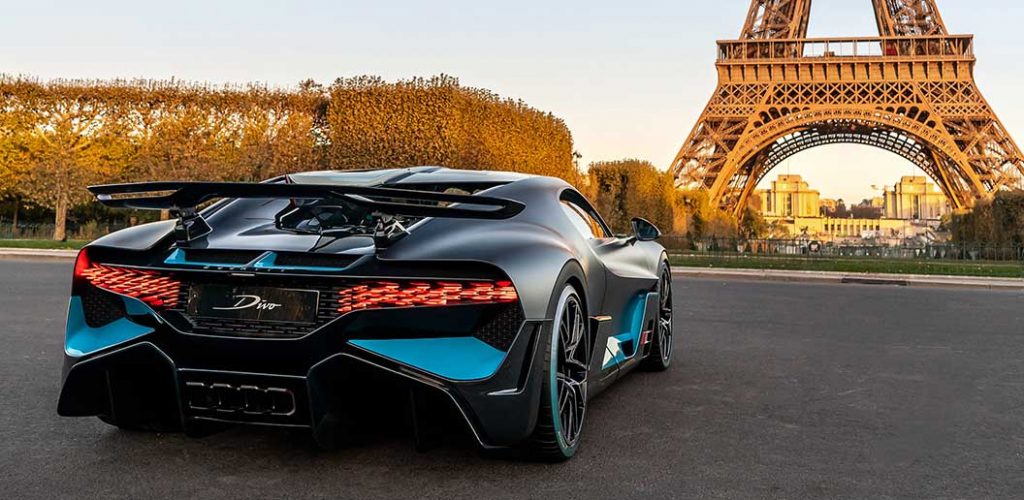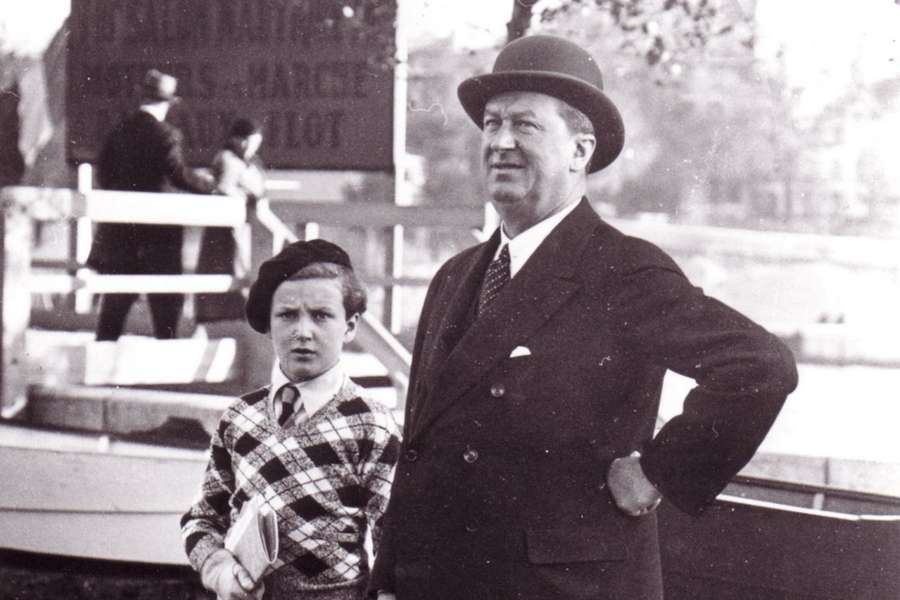
As one of the most evocative brands in the automotive world today, Bugatti celebrated its hundred and tenth anniversary after being founded in 1909 by Ettore Bugatti. Its history is tumultuous and checkered with false starts, financial trouble and the intervention of two world wars but as long as the company’s history is, Bugatti has lost none of its association with power, luxury and excess.
Ettore Bugatti was born in Milan Italy on September 15, 1881. His family were artists—his father Carlo was an Art Nouveau furniture importer and jewelry designer and his younger brother, Rembrandt was a renowned animal sculptor. His paternal grandfather Giovanni Luigi Bugatti was an architect and sculptor.
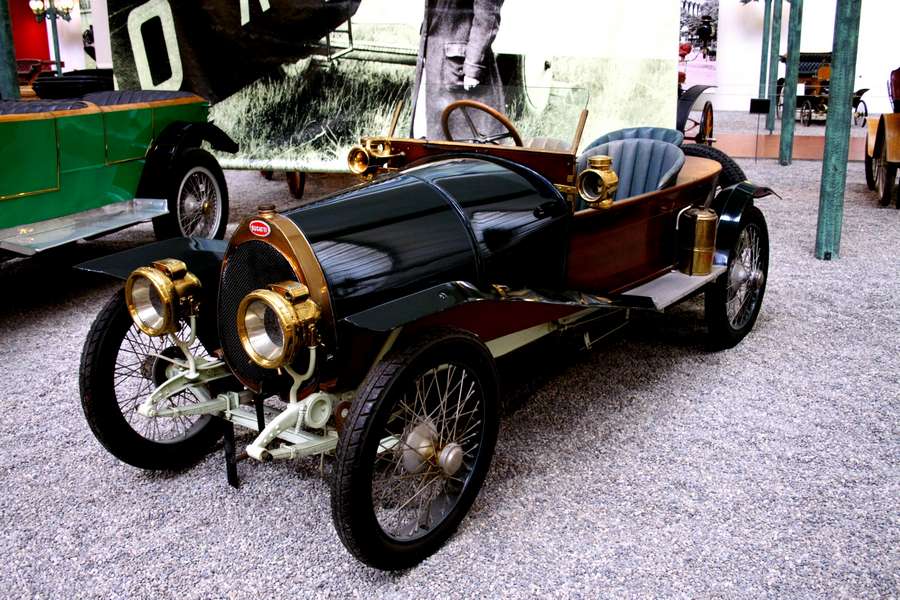
From a young age, Ettore showed interest in motor vehicle construction and his intrinsic understanding of its different aspects led him to design his first car, the Type 1, in 1898 at the age of 17. His Type 2 became a prize-winning exhibit at the Milan Trade Fair in 1901 and Ettore was given the opportunity to design cars for the wealthy baron Eugene de Dietrich’s who had been captivated by his work. At the Baron’s factory, Ettore designed the Type’s 3, 4,5, 6 and 7 in just two years and they were all badged as De Dietrich Bugatti’s.
Soon after, Ettore parted ways with the baron and partnered with Emile Mathis, a French businessman to design and build cars of their own. Unfortunately, this arrangement lasted only two years and Ettore settled in what is now the city of Strasbourg in France. In 1907, he married and his wife gave birth to his son and heir Jean.
In Strasbourg, he produced several prototype cars before being appointed Production Director at Deutz, a German engine manufacturing company where he designed the Type 8 and Type 9. At the same time, Ettore was designing the Type 10 in the basement of his home. In 1913, he designed a small car for Peugeot, a French automotive manufacturer, named the Type 19 Bebe, which became the first production Peugeot to sell more than 3,000 units.
When Bugatti terminated his contract with Deutz in 1909, he took his severance pay and set up his eponymous factory in Molsheim, Alsace. His company became well-known and his designs famous. Automobiles E. Bugatti became known for building some of the fastest, most luxurious and technologically advanced vehicles of their day, with Bugatti’s being very successful competing in early Grand Prix motor racing.
Ettore fled Alsace during the First World War and was made to design airplane engines, most notably the U-16 which was only installed in a very limited number of aircraft.
After the war, Ettore returned to his beloved factory and in 1919. He exhibited three light cars at the Paris Motor Show, one of which was the Type 13—the first “true” Bugatti. In the 1911 French Grand Prix, the tiny eight-valve Type 13 finished second against a field of illustrious competitors, many with larger engines. Orders for the car poured in after it took 1st, 2nd, 3rd and 4th place at the Brescia Grand Prix of 1921. Ettore created the Type 23 Brescia Tourer, a full-fledged production variant of the Type 13. Later, Bugatti won first place in the first ever Monaco Grand Prix in 1929 and two more victories at the 24 Hours of Le Mans in 1937 and 1939. The latter victory is particularly remarkable because Bugatti raced with just a single car and a minimal amount of spare parts.
The 1930’s saw Ettore become more ambitious. The Type 18 – nicknamed the ‘Black Bess’ – was one of the most important Bugatti’s of the pre-war era and one of the first street-legal race cars. With a top speed of 100mph it was one of the fastest vehicles in the world, which is why it attracted the attention of aviation pioneer, Roland Garros. He was one of only seven customers for these 5.0-litre, 100hp road rockets. The Type 18 inspired today’s Bugatti Veyron 16.4 Grand Sport Vitesse ‘Black Bess’, which was limited to three models, each one with a price tag of €2.15 million.
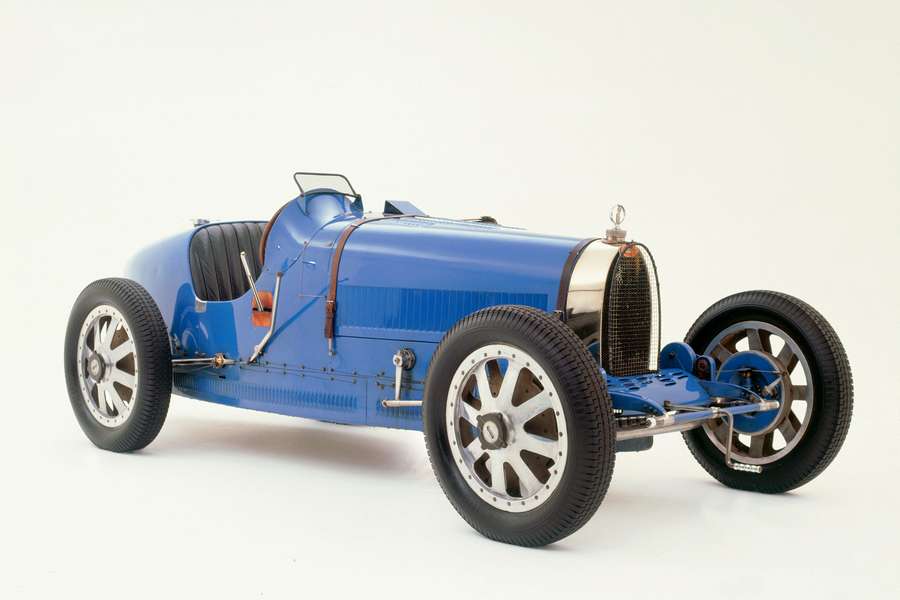
The Bugatti Type 35, was phenomenally successful, winning over 1,000 races in its time. It took the Grand Prix World Championship in 1926 after winning 351 races and setting 47 records in the two prior years. At its height, Type 35s averaged 14 race wins per week. Bugatti won the Targa Florio, an open road endurance race, for five consecutive years, from 1925 through 1929.
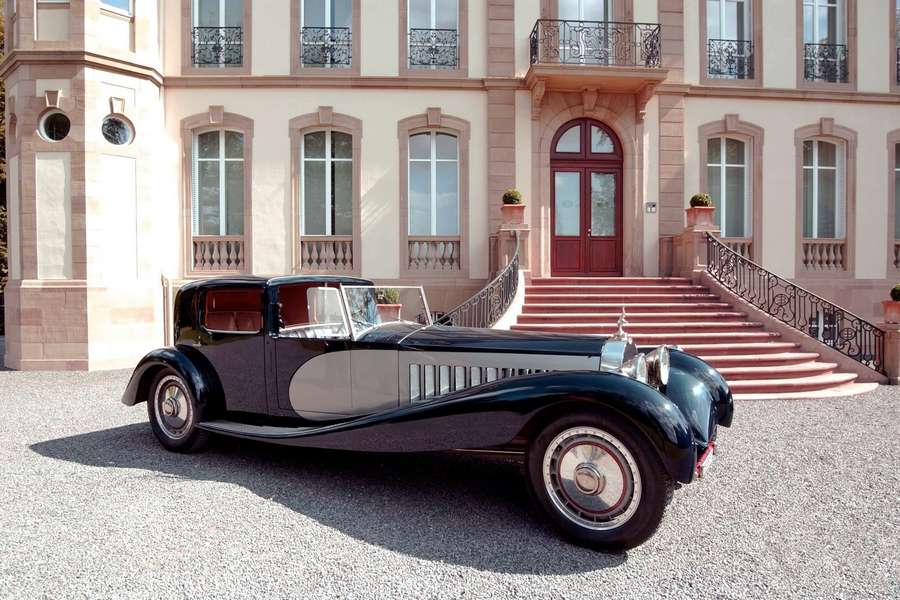
If the Type 35 should go down in history as one of the world’s most successful race cars, the Type 41 Royale is arguably one of the most extravagant. In both size and displacement, it was huge – a 21ft wheelbase and 12.7-litre eight-cylinder engine – but it arrived at the wrong time. As the Great Depression shook the world, Bugatti was left with a huge problem. Of the six built, only three were sold to customers and the Royale nearly bankrupted the firm. The first Royale built for a customer sold in 1932 for an incredible 700,000 francs. But life in Molsheim went on. Ettore designed and built a racing airplane called the Model 100 but the Second World War broke out and the plane never flew.
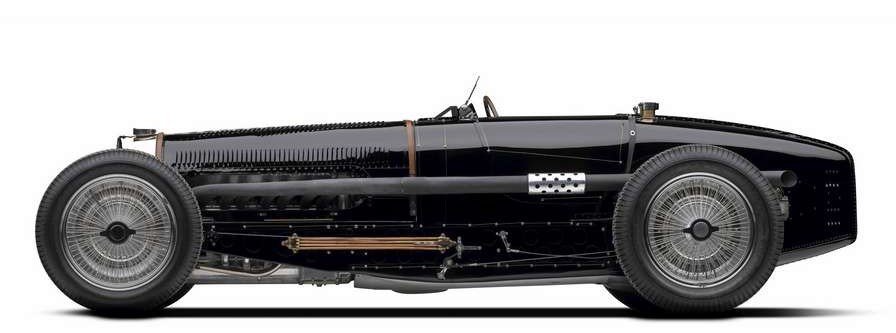
In 1932 Ettore’s son, Jean Bugatti took over as head of the racing team and design division. He designed many new models, including the Type 59. In 1976, Motor Sport magazine claimed that to many people this is the most beautiful race car ever built by Bugatti and it’s certainly an elegant machine. By now, Ettore was losing interest in racing and the Bugatti team was no longer competitive. The Type 59 used an enlarged version of the 3.3-litre engine found in the Type 57 and was Bugatti’s final race car of the 1930s. But if Bugatti’s influence within motorsport was dwindling, it was becoming a major force in the luxury sector. The iconic Type 57 was designed by Jean Bugatti and arrived at the 1934 Paris Motor Show.

The end of the 1930s signaled the end of the boom years for Bugatti. In 1936, a strike at the Molsheim factory placed a wedge between Ettore Bugatti and the workers, with the boss deciding to work almost exclusively in Paris and reducing the pay of his employees in Alsace. Three years later, Jean Bugatti died during a test drive, while a year later, the German occupying forces instructed Ettore Bugatti to sell the factory to Hans Trippel for 150 million francs. Ettore died in 1947, with Pierre Marco put in charge. The Type 251 of 1955 represented the last hurrah for ‘old’ Bugatti. By now, the company was focusing on maintenance for old vehicles and engines for the military, rendering the Type 251 little more than a footnote at the end of an exceptional book. Bugatti ceased production in 1956. In 1963, Bugatti was bought by Hispano-Suiza, which renamed the company Messier-Bugatti. Twenty-four years later, Romano Artioli purchased the rights to the trademark and company and moved Bugatti to Campogalliano, near Modena.
In 1991, exactly 110 years after the birth of Ettore Bugatti, the company was back with the release of the EB 110. As innovative and evocative as its forebears, the 110 boasted a quad-turbocharged V12 engine, permanent four-wheel drive and the world’s first carbon fibre chassis. Unfortunately, Romano Artioli’s vision of a new future for Bugatti failed to materialize and the company was declared bankrupt.
Volkswagen acquired the rights to the brand in 1998 and unveiled the EB 118 in October of that year. Three more design studies followed in 1999: the EB 218 four-door saloon, the EB 18.3 and, finally, the EB 18.4 This was the closest hint yet that a formidable hyper car was waiting in the wings. In 2000, the 16.4 concept arrived, based on the 18.4 and powered by a 16-cylinder, 630hp engine. It was named after the French racing driver, Pierre Veyron.
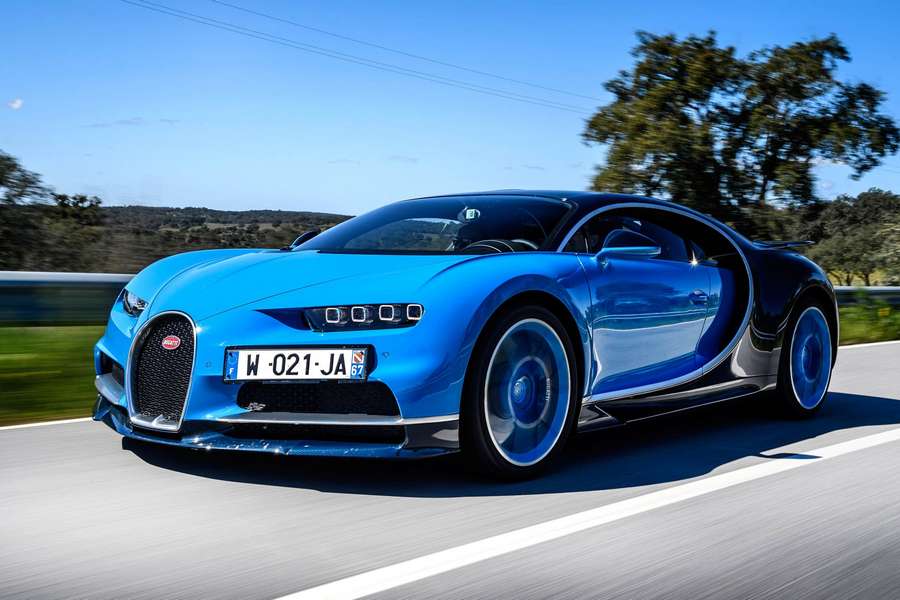
In 2016 at the Geneva Motor Show Bugatti unveiled the Chiron: The World’s first production car with 1,500 hp. The $2.7 million USD Chiron, which is named after the racing driver, Louis Chiron, can accelerate to 60 mph in 2.4 seconds, reach 261 mph in electronically-limited production form (the car is believed to be capable of 288 mph), and is one of the fastest for the 0-248 mph run (41.96 seconds). It can consume around 60,000 liters of air a minute and its entire 100-liter fuel tank in under 10 minutes. Interestingly, the Chiron can be serviced anywhere in the world by Bugatti’s “flying doctors”—a team of professional and dedicated consultants that carry out service, maintenance or repairs on a Bugatti. Bugatti claims their commitment comes from Ettore’s philosophy, “A technical product is only perfect when it’s aesthetically perfect too.”. Added features on the Chiron included a “top-speed” mode which requires a second key for activation, and an auto mode if you can’t choose from its five drive modes.
Bugatti remains relentless. Two years later, at the same show, Bugatti debuted a track-focused iteration of the Chiron called the Chiron Sport. For a $400,000 premium over the base Chiron, you get a car that’s 40 lbs lighter, has a stiffer suspension, a new torque vectoring system, and numerous other tweaks.
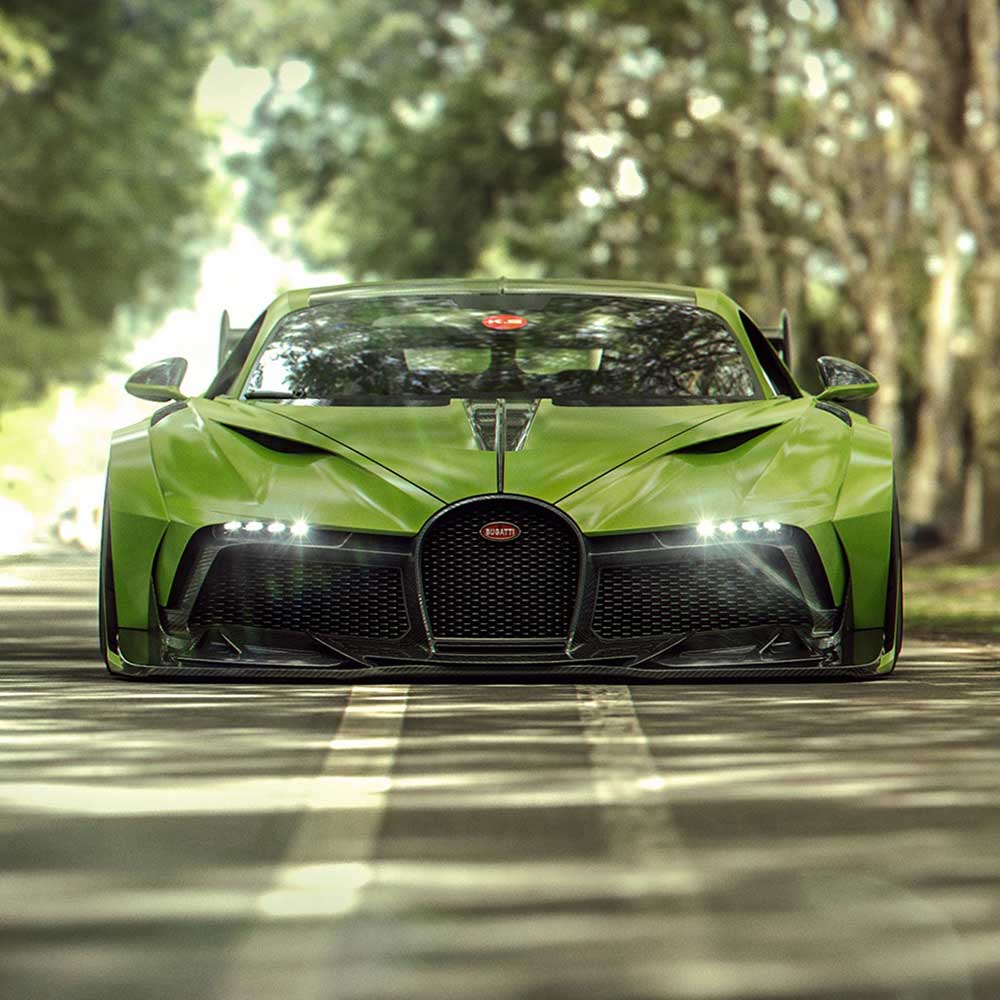
To mark their 110th anniversary the company announced their newest model, the DIVO. The Divo is an even more exclusive spinoff of Bugatti’s wild Chiron hyper car. Instead of adding power to the insane quad-turbocharged W-16 engine, Bugatti turned the focus to handling. Weighing 77 pounds less than the Chiron and boasting more downforce and a tightened chassis, the Divo is said to be quicker around a track, even if its top speed is limited to 236 mph to the Chiron’s 261. It costs a cool $5.8 million USD’s, not that it matters when you consider that all 40 limited edition units sold out on the first day the hypercar was announced.
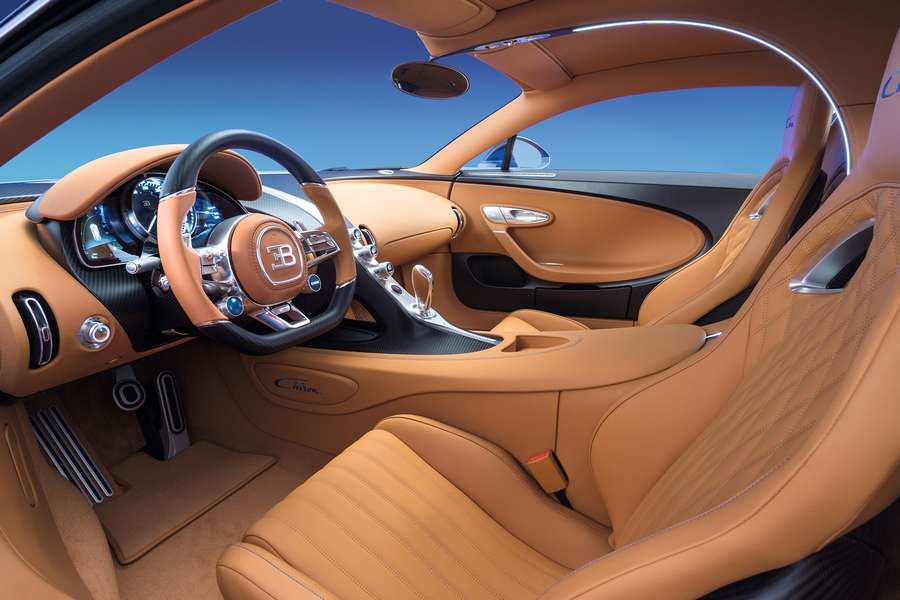
Bugatti owes its distinctive character to a family of artists and engineers, and has always strived to offer the extraordinary, the unrivalled, the best. The journey of Bugatti that started a century ago is yet to be complete. It is still making most astonishing cars in the world. Although the journey of the Bugatti is filled with ups and downs, the fact is that only Bugatti still manufactures the fastest car in the world.


